The Rise of Tombstone From Desert Dust
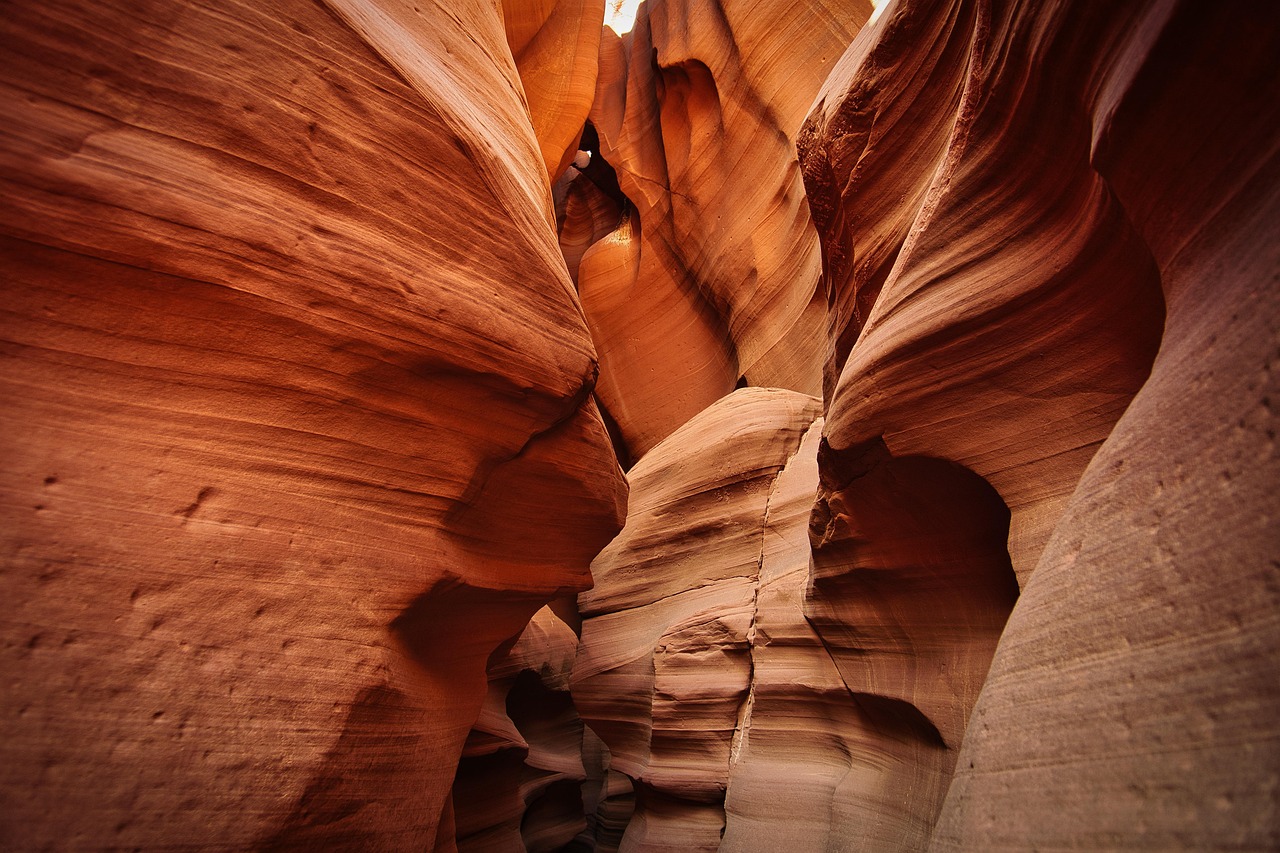
Have you ever wondered what it would be like to witness a town literally being born from nothing but desert sand and pure determination? Tombstone, Arizona was founded in 1879 by prospector Ed Schieffelin, and its population exploded from just 100 people to around 14,000 in less than seven years. What started as one man’s crazy dream in the middle of nowhere became America’s last great boomtown. It became one of the last boomtowns in the American frontier, representing the final chapter of an era that would never come again. Think about it – imagine your entire neighborhood growing from a single house to a bustling city in just seven years. The local mines produced between $40 to $85 million in silver bullion, making it the largest productive silver district in Arizona.
Silver Strikes and Fortune Seekers

The story behind Tombstone’s founding reads like something out of a Hollywood script, but it’s completely real. Ed Schieffelin had been warned by army soldiers that he’d find nothing in the desert but his tombstone, so the prospector ironically named his mine “Tombstone,” and it was from that the town took its name. Talk about the ultimate “I told you so” moment when his mine started producing massive amounts of silver! After the discovery of the richest silver vein ever found – the Comstock Lode – on the eastern side of the Sierra Nevadas in 1859, prospectors poured into every nook and cranny of the Western mountains, and while most discoveries weren’t profitable long-term, there were enormous profits to be made, with mining costs of about ten dollars a ton yielding fifty dollars’ worth of silver per ton. The desert that seemed so barren and worthless was actually sitting on a fortune that would reshape the entire American West.
The Gunfight That Made History

Everyone knows about the O.K. Corral, but most people don’t realize how this single event changed everything about how America saw the Wild West. On October 26, 1881, a gunfight occurred in a vacant lot owned by photographer C. S. Fly near the O.K. Corral, during which the lawmen and Doc Holliday killed Tom McLaury, Frank McLaury, and Billy Clanton. What’s fascinating is that this wasn’t some random bar fight – it was the culmination of months of tension. The conflict began when three Cochise County Cowboys attempted to rob a stagecoach carrying $26,000 in silver bullion, which led Deputy U.S. Marshal Virgil Earp and his brothers Wyatt and Morgan Earp to pursue the suspected Cowboys. This single 30-second gunfight became the most famous showdown in American history, turning Tombstone into a legend that still draws people from around the world. It’s like the town’s entire identity got crystallized in those few explosive moments.
Cultural Melting Pot in the Middle of Nowhere

You might think a desert mining town would be pretty boring culturally, but Tombstone was actually more diverse and sophisticated than many East Coast cities of the time. Many mining towns had as high as a 9-to-1 male-to-female ratio, with great ethnic diversity including Mexican immigrants, and while Native Americans avoided the mining industry, mestizos often participated. The town wasn’t just about rough miners and saloons – it had genuine class too. It had plenty of cultural activities like an opera house for the rich folk, and a great selection of saloons, gambling halls, and other less respectable places for the grittier types. Picture this: you could watch Shakespeare in the evening and witness a gunfight the next morning. The city fathers boasted of fine theaters, especially the Tabor Grand Opera House built in 1881.
Economic Powerhouse of the Desert
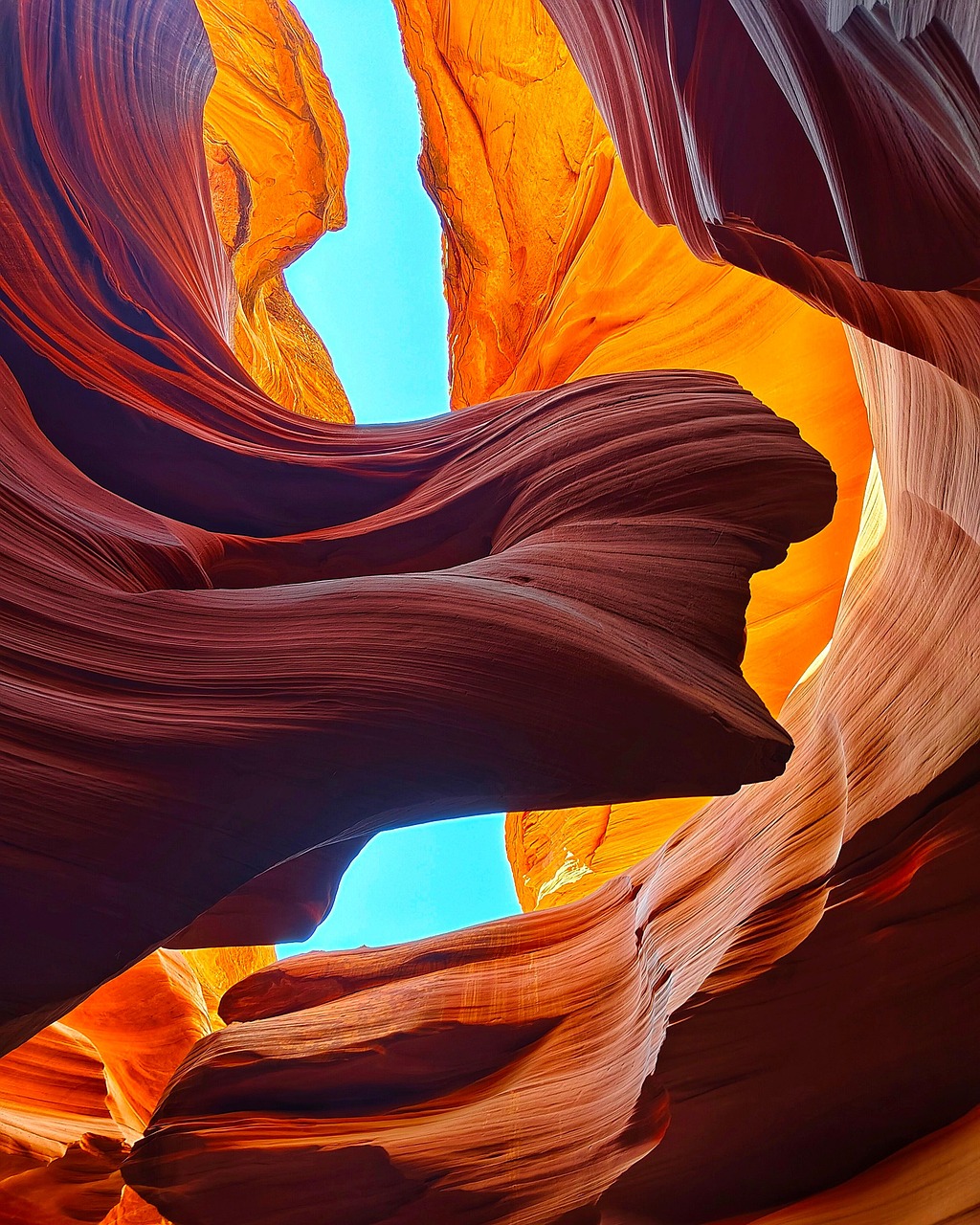
Tombstone wasn’t just culturally significant – it was an absolute economic juggernaut that helped fuel America’s industrial revolution. From Coeur d’Alene in Idaho to Tombstone in Arizona, boom towns flowered across the American West, producing not only gold and silver, but zinc, copper, and lead, all essential for the eastern Industrial Revolution. The money flowing through this desert town was staggering for its time. Entertainment venues like the Gem Theater reportedly drew ticket sales of $10,000 a night, making it perhaps the most profitable theater in the country. To put that in perspective, that’s equivalent to hundreds of thousands of dollars in today’s money, every single night! During the boom years, it’s estimated that 90% of the female population in similar boomtowns were working in entertainment, and murders averaged about one per day.
Transportation Revolution and Route 66 Connection

What many people don’t realize is how Tombstone helped shape America’s transportation networks, including the famous Route 66. The town had enough clout by the 1920s to successfully petition the building of Route 66 near the town, and after the mines closed, Oatman began to fall on hard times but eked by due to the many travelers on Route 66 until it was rerouted in 1953. This connection to America’s most iconic highway shows how these desert towns weren’t just isolated outposts – they were integral parts of the nation’s development. The same spirit that built Tombstone from nothing helped create the highway system that would define American travel for generations. Think about it: every time you see a Route 66 sign, you’re looking at a legacy that started with places like Tombstone. Mineral rushes transformed the American West, stimulating large-scale migration, demands for transportation, and creating new economies and societies, with tens of thousands of men streaming west once word spread of gold discoveries.
Law and Order in Lawless Territory
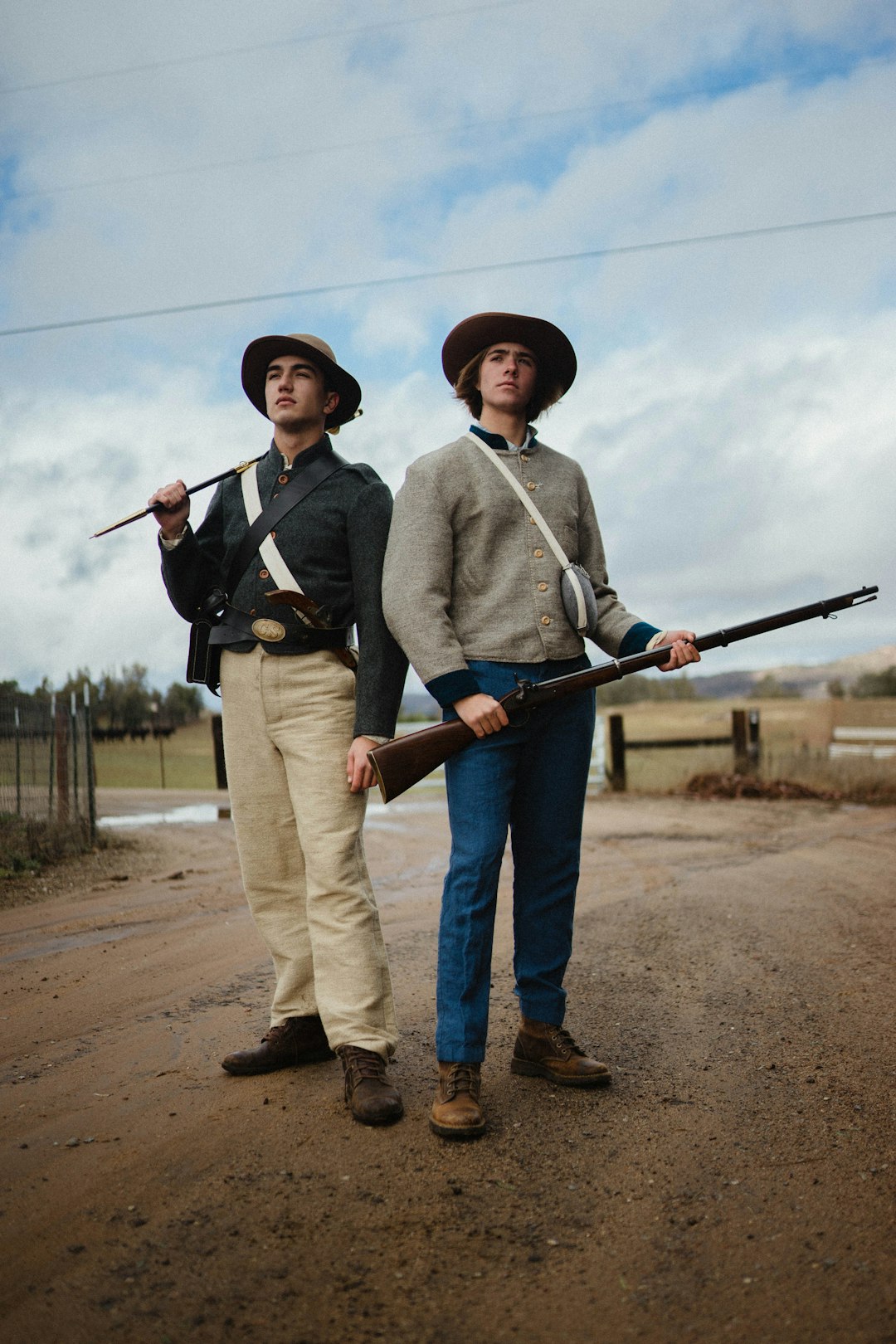
Tombstone became a testing ground for American justice in the frontier, essentially serving as a laboratory for how law and order could work in the Wild West. The town’s legal battles and conflicts helped establish precedents that would influence American jurisprudence for decades. Tombstone is very representative of many Old West towns: it was a boomtown founded on the quick money made from precious metal rushes, and as easy money was made, easy money was spent in a general spirit of rowdiness. But here’s what’s really interesting – the famous gunfight wasn’t just random violence. It represented a clash between different concepts of law enforcement in the American frontier. The Earp brothers represented federal authority trying to impose order, while the Cowboys represented local resistance to outside control. This wasn’t just about individual personalities – it was about competing visions of how America should be governed. This period includes historical events synonymous with the archetypical Old West such as violent conflict arising from encroaching settlement into frontier land, vigilantism, and the attempted enforcement of laws upon outlaws.
Environmental Impact and Mining Legacy
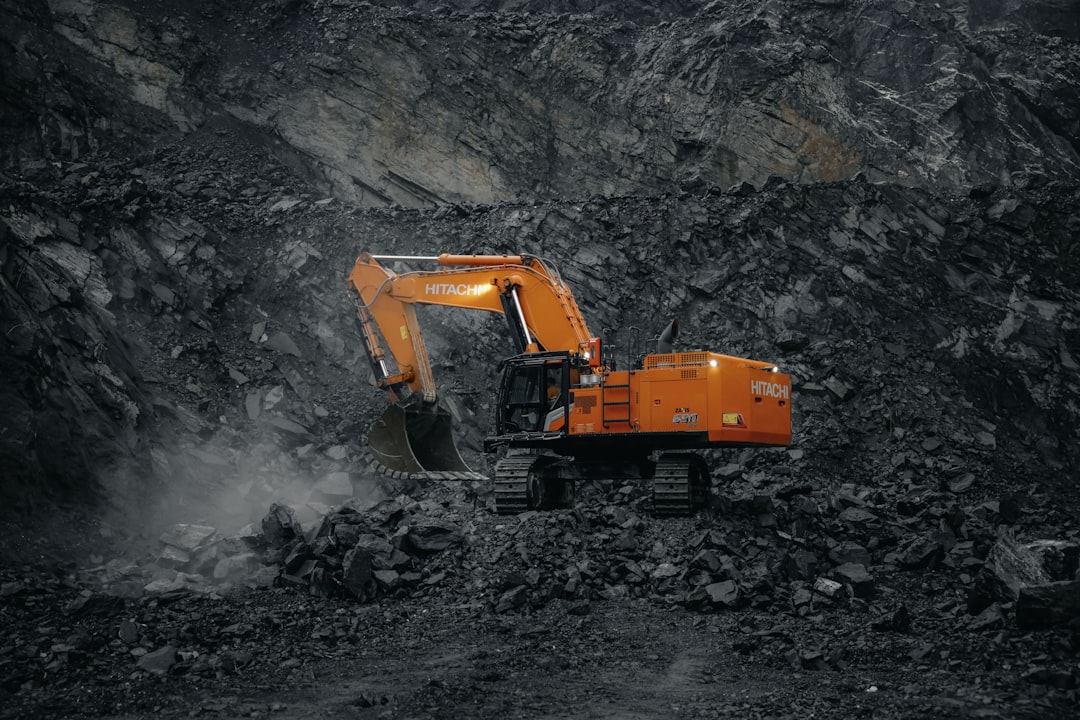
The environmental consequences of Tombstone’s mining boom were massive and helped shape early American environmental policy. Western mining wrought havoc on the local environment, with rock dust from drilling often dumped into river beds forming silt deposits that flooded towns and farmlands, poisonous underground gases containing sulfur released into the atmosphere, mercury used to remove gold from quartz polluting streams and rivers, strip mining causing erosion and desertification, with little done to regulate the mining industry until the turn of the 20th century. Tombstone essentially became an early case study in how industrial development could transform entire landscapes. The scars left by mining operations around Tombstone are still visible today, serving as a reminder of the environmental cost of America’s industrial expansion. It’s like the desert still bears the tattoos of its wild past. Mining has scarred regions around similar towns, with some mines becoming federal Superfund sites, though natural beauty has attracted tourists as well as opportunities to connect with mining history.
Women’s Rights Pioneer Territory

Believe it or not, the Wild West territories around Tombstone were actually at the forefront of women’s rights in America. Despite its tiny size and transitory nature, South Pass City played a significant role in American history when in 1869, William H. Bright, a saloon owner representing the town in Wyoming’s first territorial legislature, introduced a women’s suffrage clause to the territorial constitution, making Wyoming the first U.S. territory to grant women the right to vote. While this specific event happened in Wyoming, the frontier culture that Tombstone exemplified was surprisingly progressive on women’s issues. The harsh realities of frontier life meant that traditional gender roles often broke down out of necessity. Women in mining towns like Tombstone had to be incredibly tough and self-reliant, which contributed to a cultural shift in how women were perceived and what rights they should have. By 1910, the population in frontier towns had become diverse, including immigrants from Asia, the Middle East, and Europe, African Americans and Latinos. It’s ironic that some of the most “lawless” places in America were actually pioneering civil rights.
Modern Tourism and Cultural Preservation

Today, Tombstone generates millions in tourism revenue and serves as a living museum of American frontier history. The town draws most of its revenue from tourism, and it’s not just casual sightseeing – people come from around the world to experience authentic Wild West history. The town sees upwards of 450,000 visitors each year, and the economy largely thrives on tourism with people flocking from all over the world to visit the site of the famous O.K. Corral gunfight, several museums, and the Boothill Graveyard where many legendary cowboys of the Wild West are buried. What’s remarkable is how the town has managed to preserve its authentic character while adapting to modern tourism. In 2023, Tombstone was transformed into “Blackwater” from the Red Dead video game series during the “Tombstone Redemption” event, bringing fans of the series together to meet actors from the games, with the event being so successful that another was spawned in South Dakota, and a third event is slated to return to Tombstone from October 31st – November 2nd, 2025. It’s fascinating how a town that defined the original Wild West is now embracing virtual Wild West culture too.
Hollywood’s Wild West Template
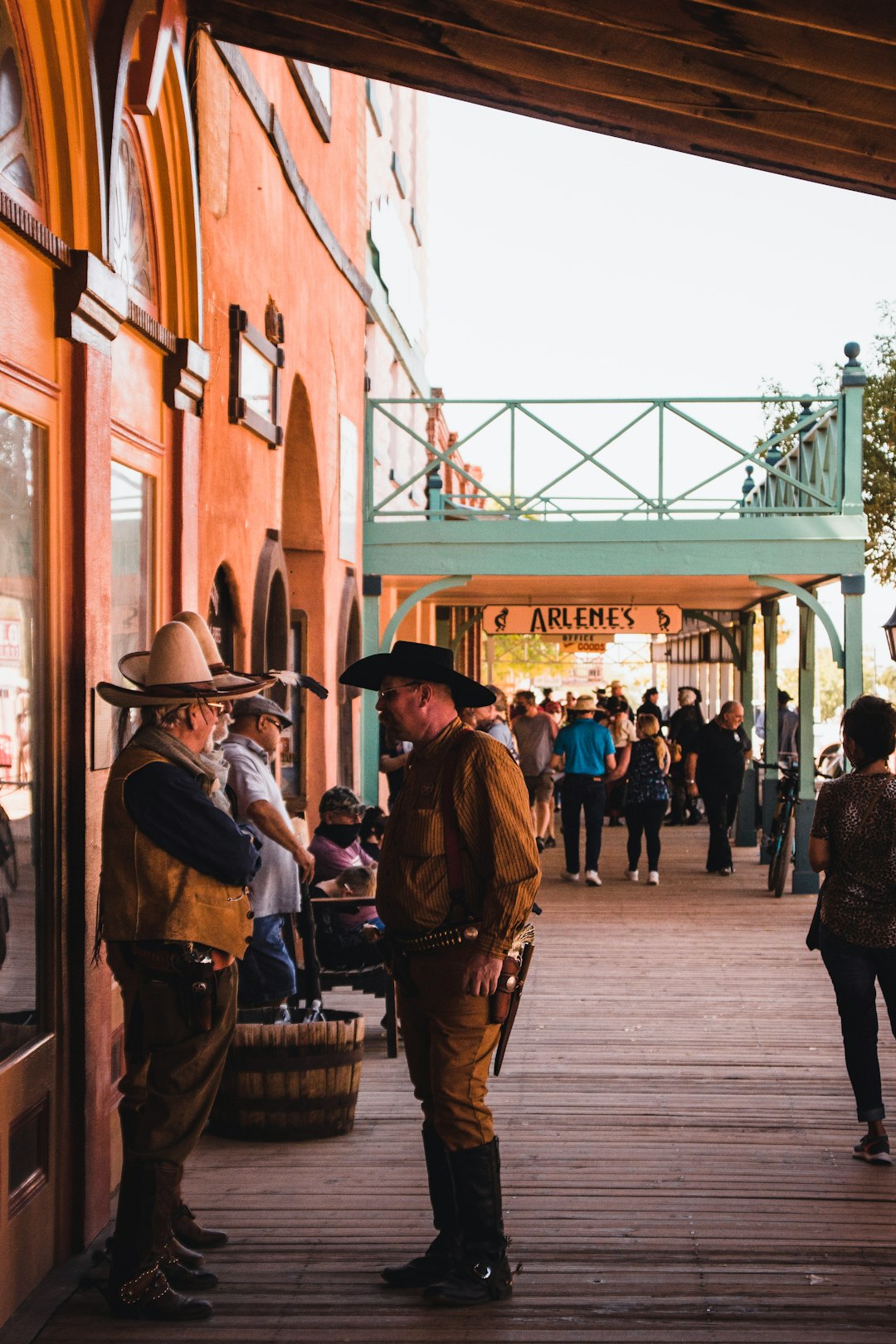
Tombstone essentially became the template for how Hollywood depicts the Wild West, influencing countless movies, TV shows, and books. Since the 1920s, abandoned mining towns have transitioned into hotspots for movie productions, with town sites frequently used as filming locations to this day. The gunfight at the O.K. Corral has been recreated in films so many times that most Americans think they know exactly how it happened, even though the real story is far more complex. Tombstone was awarded National Historic Landmark District status in 1961 for being “one of the best preserved specimens of the rugged frontier of the 1870’s and 1880’s”. Every time you see a classic Western movie with dusty streets, swinging saloon doors, and tense standoffs, you’re seeing Tombstone’s influence. The town didn’t just live the Wild West – it defined what the Wild West looked like for future generations. The legends, historical events and folklore of the American frontier have embedded themselves into United States culture so much that the Old West and the Western genre of media have become defining features of American national identity.
The Boom and Bust Cycle That Defined America
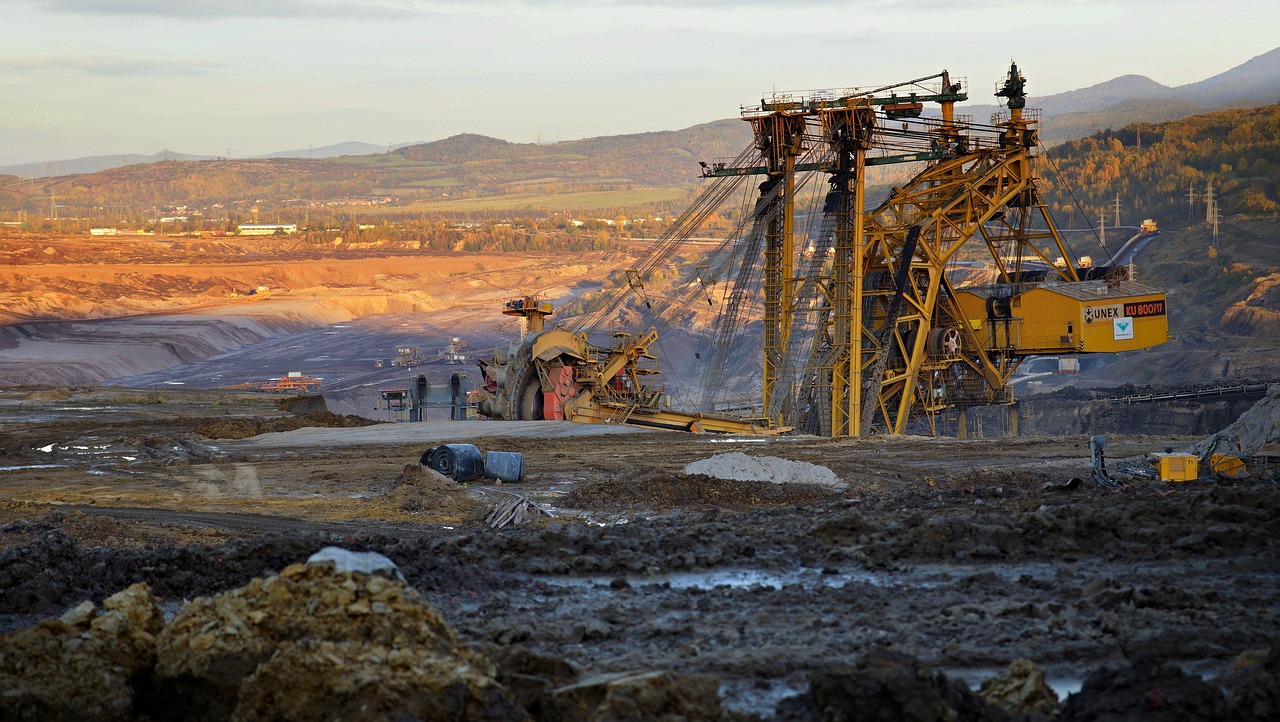
Tombstone’s rapid rise and decline perfectly exemplified the boom-and-bust cycle that would become a defining characteristic of American capitalism. The boom ended with a flooding of the mines in 1911, and within a few decades, Tombstone pivoted to an economy based on tourist dollars. This wasn’t unique to Tombstone – it was part of a pattern that shaped the entire American West. Some towns became fabulous cities virtually overnight, only to come crashing down a decade later as the mines played out, with the most dramatic example being Goldfield, Nevada, which became Nevada’s largest city within a few years of gold discoveries, only to be burned to the ground and nearly abandoned by the 1920s. What makes Tombstone special is that it managed to survive its bust by reinventing itself. By the turn of the 20th century, changes in mining technology and transportation meant that fewer miners were needed, ending the era of Western mining boom towns, though miners kept working because the pay of about $3 a day was higher than day laborers. The town’s ability to transform from a mining center to a tourist destination showed early American entrepreneurial spirit and adaptability.
Legacy of the Last American Frontier

Tombstone represents the end of something uniquely American – the frontier experience that shaped the national character for over two centuries. The American frontier ended with the admission of the last few contiguous western territories as states in 1912, and Tombstone was one of the final chapters in that story. What started as individual prospectors chasing dreams in the desert became a symbol of American determination, violence, justice, and transformation. The town embodies both the promise and the cost of American expansion – the incredible wealth and opportunity it created, alongside the environmental destruction and social chaos it unleashed. Frontier history is “a tale of conquest, but also one of survival, persistence, and the merging of peoples and cultures that gave birth and continuing life to America”. Today, when we look at Tombstone’s preserved buildings and tourist attractions, we’re not just seeing a quaint historical curiosity – we’re looking at the physical remains of the American dream itself, frozen in time in the Arizona desert.
Did you expect that a single desert town could contain so much of America’s soul?





